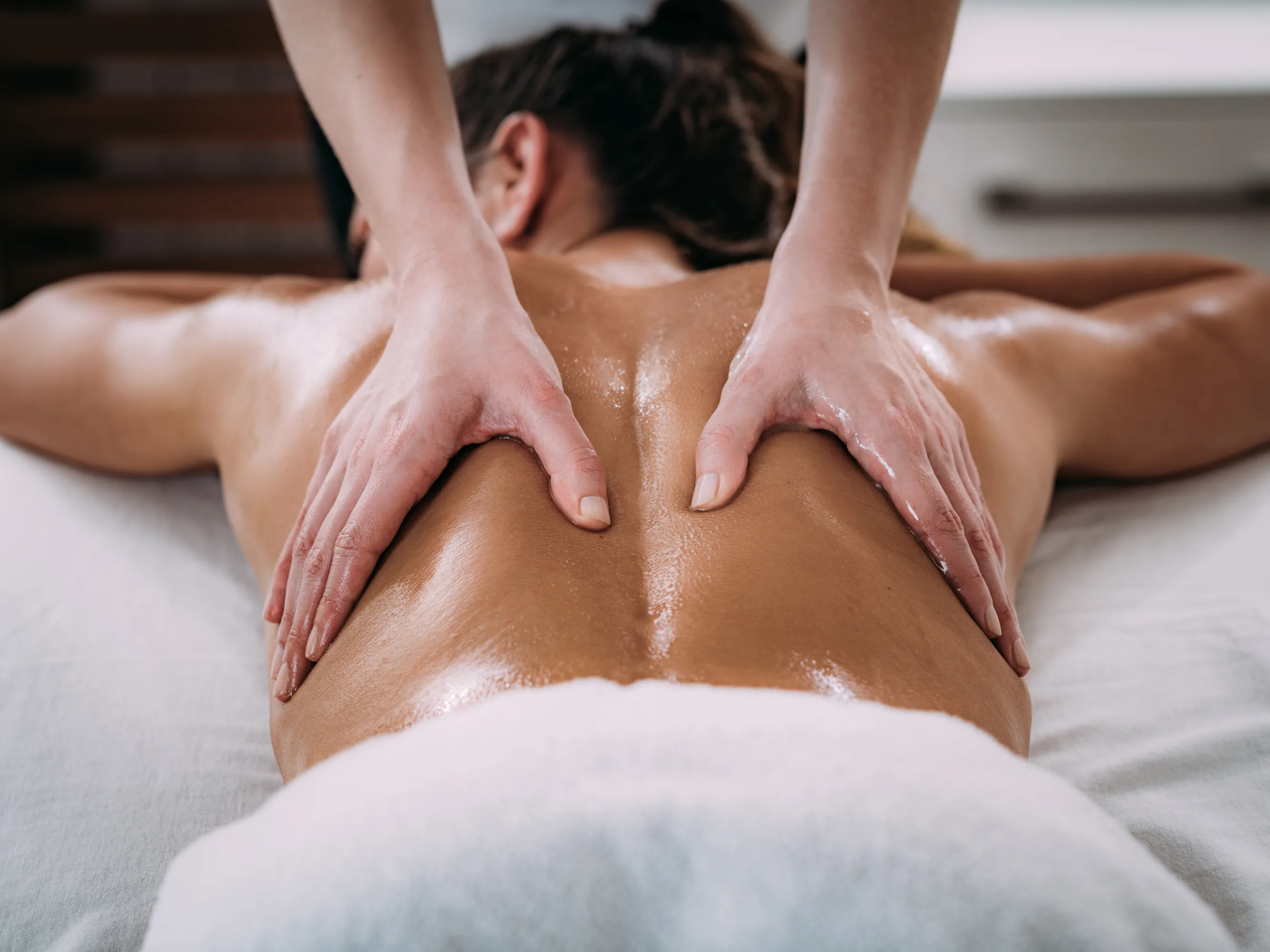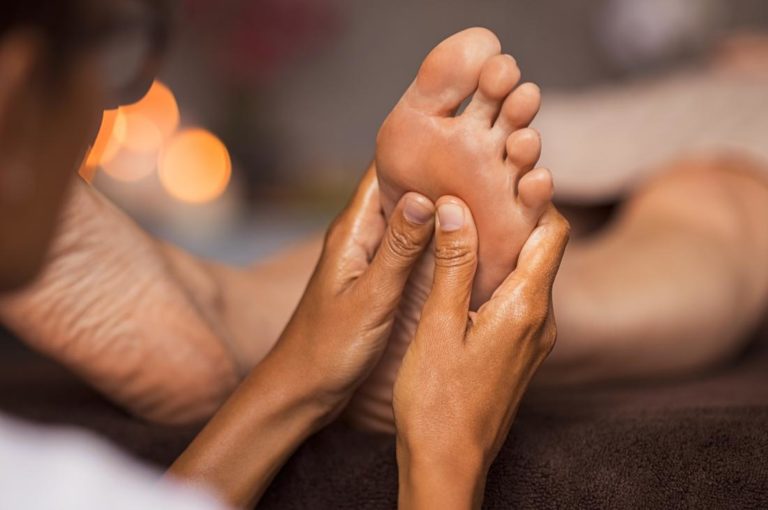As the ancient art of touch therapy, massage has been celebrated across civilizations for its healing and restorative capabilities. In modern times, the practice of massaging has not only persisted but flourished, morphing into an essential part of many people’s wellness routines. But with countless massage modalities available and varied advice on frequency, the golden question arises: How often should one indulge in a full-body massage? Dive in as we demystify this query, emphasizing the harmony between health benefits and individual needs.
Contents
- Understanding the Benefits of Regular Massages
- Factors Influencing Optimal Massage Frequency
- Tailoring Frequency to Your Body’s Needs
- Listening to Your Body’s Signals
- Consulting with Massage Professionals
- Creating a Personalized Massage Schedule
- Balancing Budget and Health Benefits
- Alternating Between Full Body and Targeted Massages
- Incorporating Massages into Your Wellness Routine
- Final Thoughts
Understanding the Benefits of Regular Massages

Source: medium.com
A regular massage can be likened to a mini-vacation, whisking you away from daily stress and leading you toward relaxation. Beyond the immediate sensation of tranquility, persistent massaging can improve blood circulation, thereby facilitating efficient oxygen and nutrient delivery to cells. This rejuvenation process aids in flushing toxins, promoting healthy skin, and even improving sleep patterns. Once you are ready to allow yourself some relaxation, Zen Hut is there to give it to you.
Yet, the rewards don’t stop at the skin’s surface. Delving deeper, massage has been shown to alleviate chronic pain conditions, enhance flexibility, and stimulate the lymphatic system, the body’s natural defense against infections. Moreover, as muscles are kneaded and tension released, the mind experiences a reduction in stress hormones, ushering in a state of mental clarity and calm.
Factors Influencing Optimal Massage Frequency
Determining the perfect massage rhythm isn’t a one-size-fits-all answer. Several considerations come into play. Your current health status, for instance, is paramount. Someone recovering from a sports injury might find daily massages helpful, while another person might only need a monthly session to keep stress levels in check.
Then, there’s your lifestyle. A desk worker, often hunched over keyboards, might need frequent back massages compared to someone with a more active job. Similarly, athletes or those engaging in intensive physical activities can benefit from regular sessions to prevent injuries and enhance muscle recovery.
Tailoring Frequency to Your Body’s Needs

Source: pinterest.com
As unique as our fingerprints, so are our bodies and their response to touch therapy. While some individuals might find solace in weekly sessions, others could feel overwhelmed. It’s essential to start by identifying specific goals for your massage sessions. Are you seeking pain relief, stress reduction, or perhaps both?
Once objectives are clear, it becomes easier to gauge the regularity. For instance, acute pain or high stress might require weekly or bi-weekly sessions initially. But once the issue starts resolving, you can transition to monthly massages, thus ensuring the body retains its newfound balance without becoming reliant on constant therapy.
Listening to Your Body’s Signals
Your body speaks a language, subtle yet profound. Paying attention to its cues can guide you in establishing the ideal massage rhythm. For example, if post-massage, you feel rejuvenated for weeks, it might be a sign that monthly sessions suffice. But if stiffness or discomfort creeps in sooner, consider upping the frequency.
Pain isn’t the only indicator. Emotional and mental signs, like increased irritability or feeling overwhelmed, can also hint at the need for a massage. Regularly tuning into these signals and adjusting your sessions accordingly ensures that both body and mind remain in optimal harmony.
Consulting with Massage Professionals

Source: streamingwords.com
While self-assessment is pivotal, there’s immense value in seeking advice from seasoned massage therapists. These experts, armed with knowledge and experience, can provide insights into the types of massages best suited for your needs and suggest an appropriate frequency.
Beyond their technical expertise, therapists often develop a keen understanding of a client’s body response over time. They can discern patterns, predict potential issues, and guide frequency adjustments, thus ensuring that each session delivers maximal benefits tailored to individual needs.
Creating a Personalized Massage Schedule
Establishing a bespoke massage timetable is more an art than a science. Start by marking your initial sessions on a calendar. Perhaps begin with bi-weekly appointments and then, based on feedback from your body and therapist, adjust as needed.
Remember, consistency is key. While it’s tempting to schedule sporadically, especially when feeling good, regular sessions ensure that the cumulative benefits of massaging are sustained. A well-maintained diary or digital reminders can act as prompts, ensuring that you stay on track with your wellness journey.
Balancing Budget and Health Benefits

Source: medicalnewstoday.com
While the allure of frequent massages is undeniable, financial considerations often play a role in decision-making. It’s important to strike a balance. Seek out packages or membership deals at massage centers, which can make regular sessions more affordable.
Value doesn’t always equate to frequency. Sometimes, spacing out sessions but ensuring each one is thorough can deliver the desired results without straining the purse strings. Investing wisely in your health by making informed decisions ensures both your body and bank balance remain in harmony.
Alternating Between Full Body and Targeted Massages
A compelling strategy to reap the benefits without overcommitting is to rotate between full-body and focused sessions. Full-body massages provide holistic relaxation, ensuring every muscle group gets attention. In contrast, targeted sessions hone in on specific areas, addressing localized concerns.
By employing this approach, you can maintain regular appointments, yet each session serves a distinct purpose. This ensures variety, prevents over-stimulation of any single area, and provides comprehensive care to your entire being.
Incorporating Massages into Your Wellness Routine

Source: medium.com
Consider massages as an integral component of your holistic health regimen, alongside nutrition, exercise, and mental well-being practices. By positioning it as a non-negotiable, akin to your daily workout or meditation, its significance in your routine is underscored.
While massages indeed offer relaxation, their benefits ripple across various facets of health. By integrating them seamlessly into your wellness narrative, you can ensure a consistent, disciplined approach, amplifying the cumulative positive effects on your body and soul.
Final Thoughts
Harnessing the potent benefits of massage requires more than merely lying on a table. It demands an intuitive understanding of your body, consultation with professionals, and a commitment to regularity, all while juggling practical considerations. As you journey towards finding your perfect balance, remember that each massage is a step closer to holistic wellness, grounding you in the present and preparing you for the challenges ahead. Let the art of touch therapy be your compass, guiding you toward a harmonious union of mind, body, and spirit.
